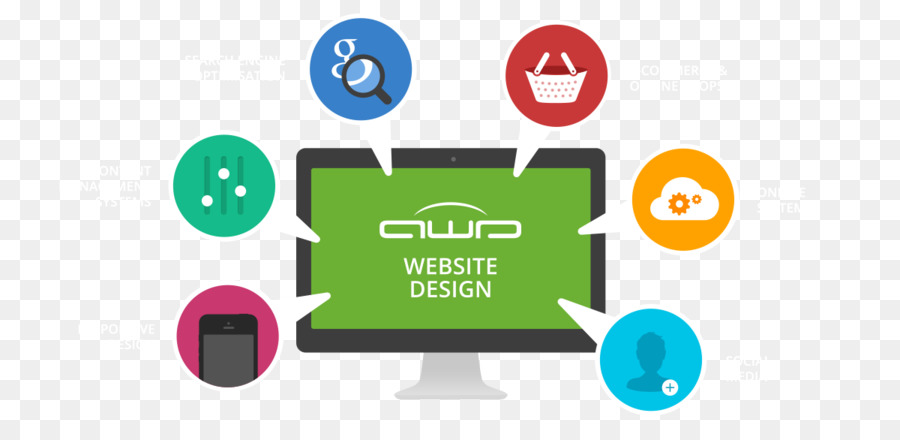The Dos And Donts Of Typography In Website Design
The Dos And Donts Of Typography In Website Design
Blog Article
Material By-Forbes Dale
Improve your website design by choosing easy-to-read typefaces and ideal sizes. Opt for clear sans-serif or serif fonts for much better readability. Stay with website content layout -3 fonts for consistency. Avoid simply click the up coming article that stress the eyes. managed hosting platform over intricacy. These tips will certainly help you produce an aesthetically enticing and appealing website easily.
Do:
* Choose a clear and readable font that is very easy to keep reading screens of all dimensions.
* Use headings and subheadings to produce an aesthetic hierarchy and help individuals browse your content.
* Usage typeface dimensions and line spacing to create a comfy analysis experience.
* Explore different font designs and weights to add aesthetic rate of interest and focus.
* Usage typography to accentuate important aspects, such as contact us to action or navigation menus.
Do not:
* Use too many different font styles or font styles, as this can create aesthetic mess and make your website look unprofessional.
* Usage font styles that are too ornate or illegible, as they may not present well on all tools.
* Usage fonts that are as well similar in size or design, as this can make your content tough to navigate.
* Use way too much text or a lot of words, as this can bewilder users and make your internet site really feel chaotic.
* Usage typography in a way that is irregular with your brand's total aesthetic identity.
Significance of Typography in Web Design
Typography plays a critical function in website design by improving readability, visual appeal, and overall user experience. When made use of efficiently, typography can communicate the tone and message of your web content, making it less complicated for users to engage with your site. Picking the ideal typefaces, sizes, spacing, and colors can substantially affect exactly how site visitors perceive and connect with your site.
The readability of your site is directly linked to the typography choices you make. Choosing legible typefaces and appropriate font style dimensions makes sure that customers can quickly take in the info on your web pages without straining their eyes. In addition, correct spacing in between lines and paragraphs can enhance comprehension and guide individuals through the web content perfectly.
Moreover, typography adds to the aesthetic charm of your site. By creating a harmonious mix of fonts and shades, you can establish a natural layout that captivates customers. Consistent typography throughout various areas of your site likewise assists in preserving an expert and sleek appearance, enhancing the overall user experience.
Dos of Typography
To improve the readability and visual appeal of your internet site, make certain that you select typefaces that are very easy to read and properly sized. Select fonts that are clear and legible, such as sans-serif or serif typefaces, which are commonly made use of for body message. Sans-serif font styles like Arial or Helvetica work well for electronic screens, giving a modern and clean appearance. On the other hand, serif typefaces like Times New Roman or Georgia can include a touch of elegance and custom to your web site.
An additional vital aspect to consider is font sizing. See to it your text is big enough to be read conveniently without straining the eyes. Go with a font size of at least 16px for body text to guarantee readability. Furthermore, use various typeface dimensions to produce an aesthetic power structure on your site. Headings and subheadings must be bigger and bolder than the body message, leading the visitor with the web content effortlessly.
Donts of Typography
Avoid making use of an extreme range of font styles in your web design to preserve uniformity and readability for your audience. When it concerns typography, less is usually a lot more.
Here are some vital 'Do n'ts' to remember:
1. ** Prevent making use of too many different typefaces **: Limit on your own to 2-3 typefaces for your whole site. Making use of a lot more can make your design appearance messy and unprofessional.
2. ** Don't use fonts that are illegible **: Fancy or excessively attractive font styles may look attractive, but if they compromise readability, they aren't worth it. Stay with fonts that are easy on the eyes.
3. ** Stay away from making use of small font style dimensions **: Little text may seem sleek, but if it's as well small, it can strain your visitors' eyes. Make sure your message is big enough to check out comfortably on all tools.
Final thought
So, keep in mind, when it concerns typography in web design,
do pick fonts sensibly, keep it straightforward, and prioritize readability.
Yet do not overdo it with a lot of font styles, sizes, or colors.
Nevertheless, the key to great layout is usually discovered in the simplicity of typography.
So, next time you're servicing an internet site, keep in mind that often much less is more - even when it comes to font styles.
